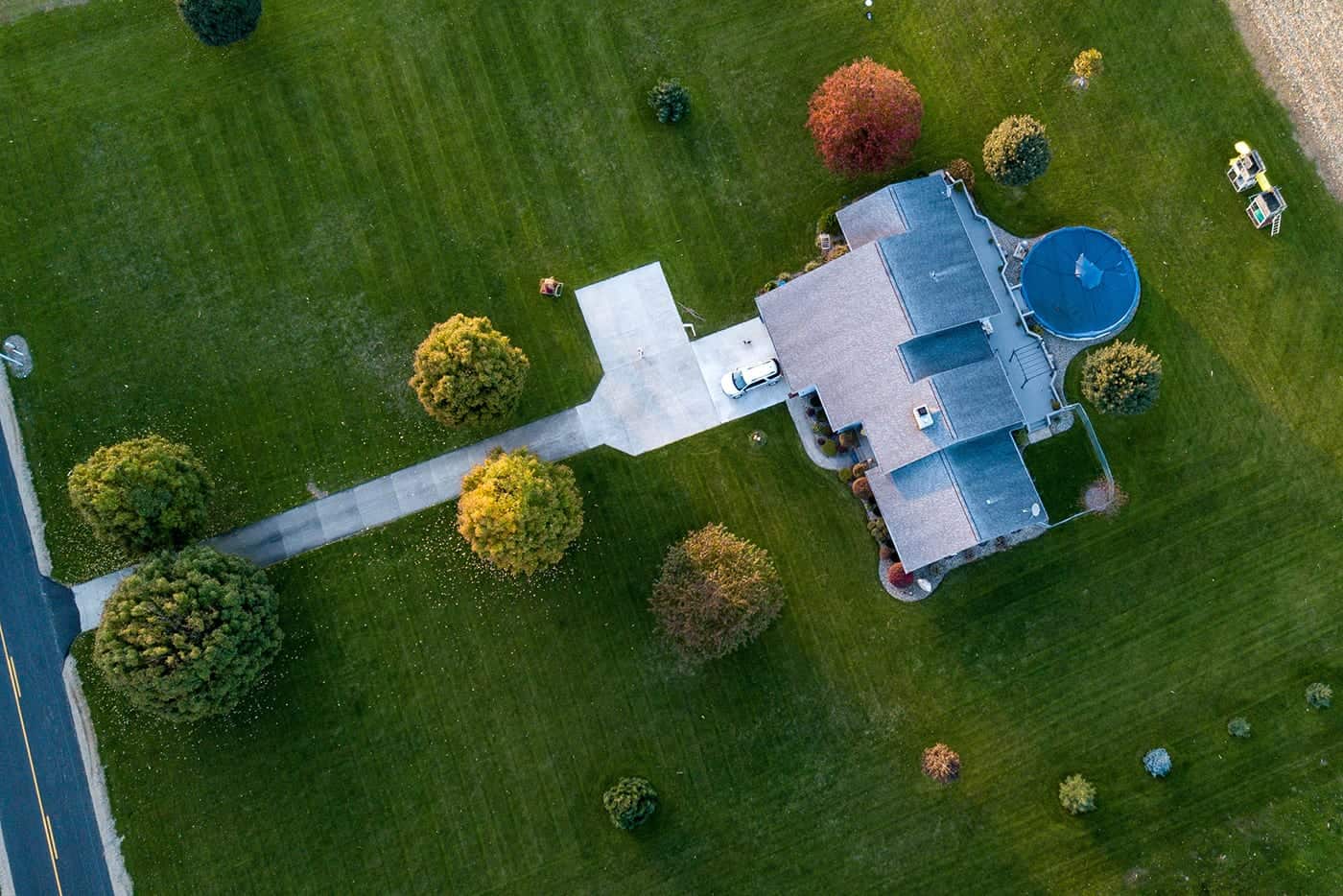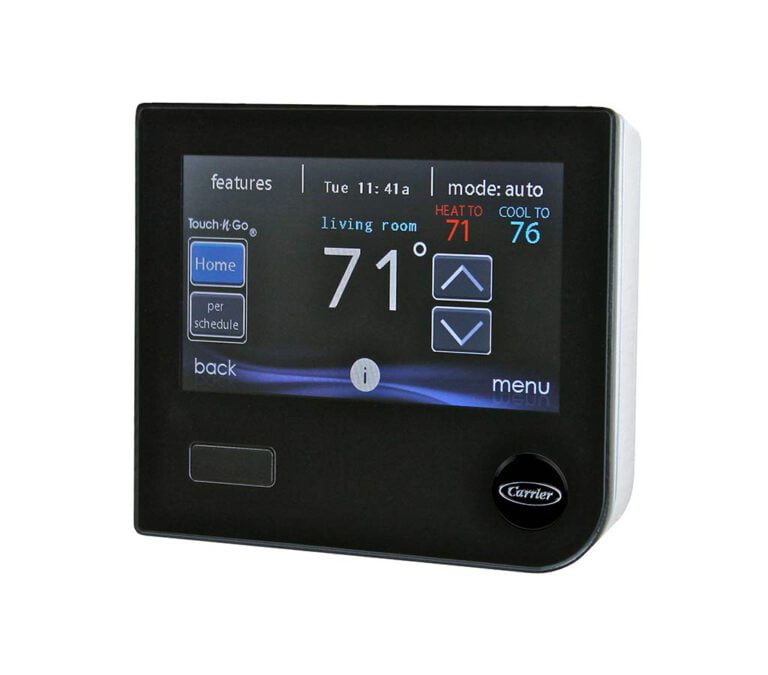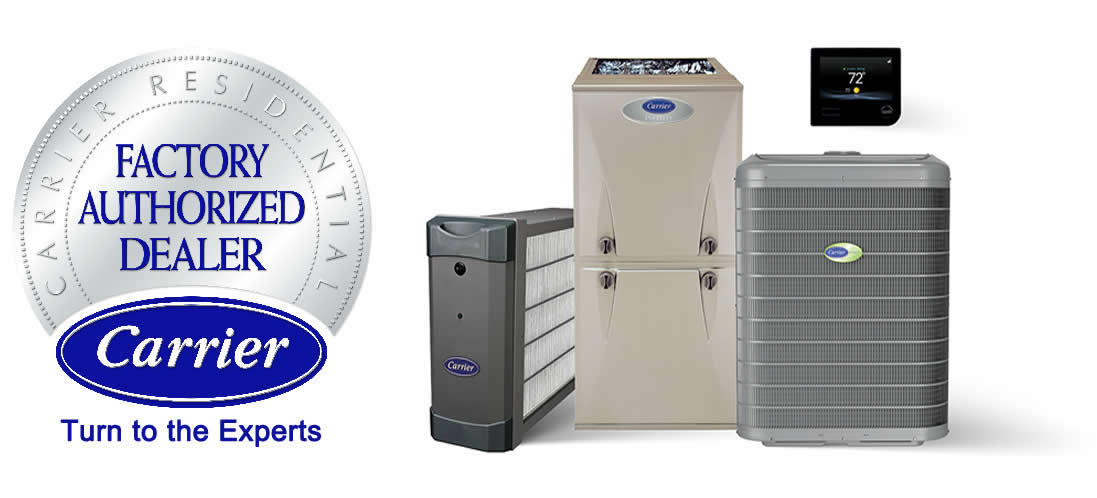Is Geothermal Heating and Cooling Worth the Cost?
Understanding Geothermal: Earth’s Secret Weapon
First off, let’s demystify the term. “Geothermal” comes from the Greek words “geo” (earth) and “therme” (heat). In essence, geothermal energy is heat from the Earth. This heat isn’t new—it’s been warming our planet for billions of years!
Geothermal vs. Traditional HVAC and Heat Pumps
- Working Principle:
- Traditional HVAC: It either burns fuel (like natural gas or oil) or uses electricity to create heat.
- Heat Pumps: They work by transferring heat from one place to another. During winters, they extract heat from the outside air and push it indoors. Conversely, in the summer, they draw heat from your home and release it outside.
- Geothermal Systems: They use a series of underground pipes filled with a mix of water and antifreeze to absorb heat from the ground in the winter and disperse heat into the ground in the summer.
- Energy Efficiency:
- Traditional systems often lose efficiency when the outside air is extremely cold or hot. This is because they’re battling against the prevailing temperatures.
- Geothermal systems, however, tap into the steady temperatures of the Earth. This consistent temperature allows geothermal systems to often operate 25%-50% more efficiently than conventional systems.
- Environmental Impact:
- Burning fuels releases carbon emissions, contributing to global warming.
- Geothermal systems, on the other hand, have a significantly smaller carbon footprint.
Diving into Geothermal Systems Types
- Horizontal Systems: These involve trenches dug about four to six feet underground. Good if you have ample yard space and usually cheaper to install than vertical systems.
- Vertical Systems: Best for smaller lots. Holes are drilled about 100-400 feet deep. Although pricier, they’re perfect for urban or residential neighborhoods where space is limited.
- Pond/Lake Systems: A more economical choice if you’ve got a pond or lake. Coils are placed about eight feet under the water surface.
- Open-Loop Systems: Directly uses groundwater as a transfer medium to either absorb or dissipate heat.
Breaking Down the Costs
- Initial Investment: It’s undeniable that geothermal systems demand a higher initial investment, sometimes two to three times that of traditional systems. Most of this cost comes from the installation of the underground loop system.
- Installation Complexity: The complexity depends on the property’s size, soil type, available land, and system type chosen. It’s crucial to have a professional assess the site beforehand.
- Maintenance and Lifespan: With fewer moving parts and a protective underground environment, geothermal systems often require less maintenance. While a traditional HVAC might last 15 years, geothermal systems can have a lifespan of 25 years for the internal components and over 50 years for the ground loop.
Sweetening the Deal with Tax Credits
Governments worldwide have recognized the environmental and long-term economic benefits of geothermal systems. As such, there are often federal, state, or local tax incentives to reduce the initial cost. While these incentives change and update, a quick check with your local tax office or a trusted HVAC professional (like us!) can provide clarity.
Final Thoughts: Making the Choice
With an eye on the future, geothermal heating and cooling stands out as an efficient, environmentally-friendly, and eventually cost-effective choice. Though the upfront cost is extremely steep, the long-term savings, coupled with potential tax incentives, might offset it. Plus, the planet will thank you!
If you’re intrigued and pondering a switch, remember: getting a professional consultation is always the first step. We’re here to help guide that choice!








